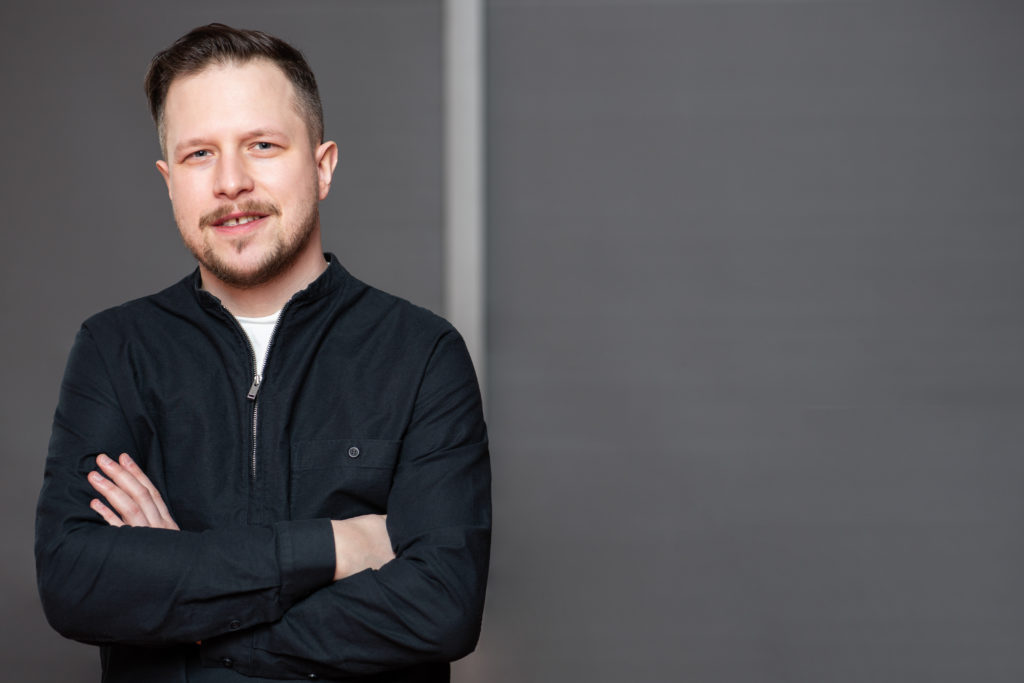As the demand for a product rises, so does the appeal for developing its counterfeit. In the eyes of a criminal looking to make a quick buck, the COVID-19 pandemic has provided a breeding ground for counterfeit potential. With a vaccine being the most desired product in the world right now, and most countries struggling to meet demand with their government-led programmes, reports of listings on the dark web and seized counterfeits are becoming increasingly prevalent.
Even in a world transformed by digitalisation, security against counterfeiting remains something that we need to ensure physically. Sophisticated holograms, radio frequency identification tags (RFID), and watermarks have helped, but they aren’t practical for all the valuables, big and small, that need protection. In too many cases, experts must look long and hard at details to authenticate an item or a product — and those without the expertise to spot the smallest discrepancies are vulnerable targets. For companies whose business is built on their brand’s reputation, billions are on the line. Small and medium-sized companies might even have their very existence at stake. But thanks to research right here in Luxembourg, that might be about to change.
NIR WatchDog and NoFakes, two spin-off projects run by SnT researchers, won 2020 FNR JUMP Proof-of-concept (PoC) grants to develop their cutting-edge technologies into anti-counterfeiting services that could change the way we authenticate not only luxury goods, but also the consumer goods we depend on every day.
“Each year, about ten percent of the medical products put onto the market are counterfeits.”
Prof. Radu State, SnT Tweet
NIR WatchDog is building a machine learning powered analytical platform that can identify whether a consumer product is an original or a knock-off. The project harnesses an off-the-shelf piece of hardware called a Raman spectrometer, which measures light in the invisible near-infrared spectrum (NIR) and processes the results with its unique algorithms to confirm whether a product is authentic. The algorithms compare the NIR data with a model that accurately represents the refractive properties of the genuine product’s packaging. Samples can be scanned to confirm whether they match the refractive properties of the real deal.This will be an important tool for industries such as pharmaceuticals, where the problem of low-quality counterfeits costs not only millions of dollars annually, but also hundreds of lives. “Each year, about ten percent of the medical products put onto the market are counterfeits,” explains the project’s principal investigator, Prof. Radu State, Head of the Service and Data Management (SEDAN) research group at SnT. “As a result, every five minutes, a child in Africa dies from fake malaria medications. Our technology can confirm the actual origin of a bottle or blister pack of medications without any changes to the manufacturing process.” Thanks to their first pilot project with a chocolate manufacturer, the team will soon have the data they need to confirm that their product works in the wild.
"The breakthroughs our researchers develop are powerful, we want them to bring them to the market and start making a difference."
Jacek Plucinski, SnT Tweet
On the other side of production, NoFakes is creating a high-tech authenticity verification system that will help bring peace of mind to luxury goods manufacturers. They use unique microscopic spheres of liquid crystals to create completely secure and tamper-proof product tags. These tags can be invisible to the naked eye, but easily readable by simple microscopes – such as those we can now pin onto our phone cameras. “The spheres, called Cholesteric Spherical Reflectors, are produced at the University by an experimental soft matter group run by Prof. Jan Lagerwall. They can be applied onto objects as coating, and produce images that are as unique as fingerprints. They cannot be removed without leaving signs of tampering, making them ideal for authentication,” says Prof. Gabriele Lenzini, Head of the Interdisciplinary Research Group in Socio-technical Cybersecurity (IRiSC), and PI of this POC project. “Companies in jewellery, electronics, food or pharmaceutical industries can coat their items and store the crystals’ colourful fingerprints as an ID. When the goods arrive at their destination to be sold, the fingerprint can be read and checked against its original ID to verify its authenticity,” he continues. This project merges material and computer science into a completely secure authenticity-verification solution, with the potential to bring peace of mind to a 5,5 billion USD industry.

Both spin-offs are alumni of SnT’s annual research Acceleration Programme. Through this programme, researchers learn to take the scientific insights they have devoted years to developing and transition to a completely new relationship with that work. Instead of remaining problem investigators, they become solution providers.
“We want our researchers to leave this programme thinking more like business people,” explains Jacek Plucinski, who leads the SnT Acceleration Programme.
Key to this transformation is helping researchers develop deeper understandings of the contexts their solutions will enter. Through the Acceleration Programme, they start this process by validating their technologies, assessing their potential impact on different industries, developing an early-stage proof of market, and honing in on their unique selling point (USP). But perhaps the most important thing researchers learn through the Acceleration Programme is how to tell their story. “It is a fantastic journey, to see how our researchers can rethink their technologies and reframe their work. Witnessing the evolution they go through is powerful,” says Plucinski. The pay-off, he explains, is “research unleashed.” “At its heart, this programme is about lowering the barriers between the university and business. The breakthroughs our researchers develop are powerful, we want them to bring them to the market and start making a difference. Startups are one of the best ways committed researchers can bring their work out into the world for maximum impact.”